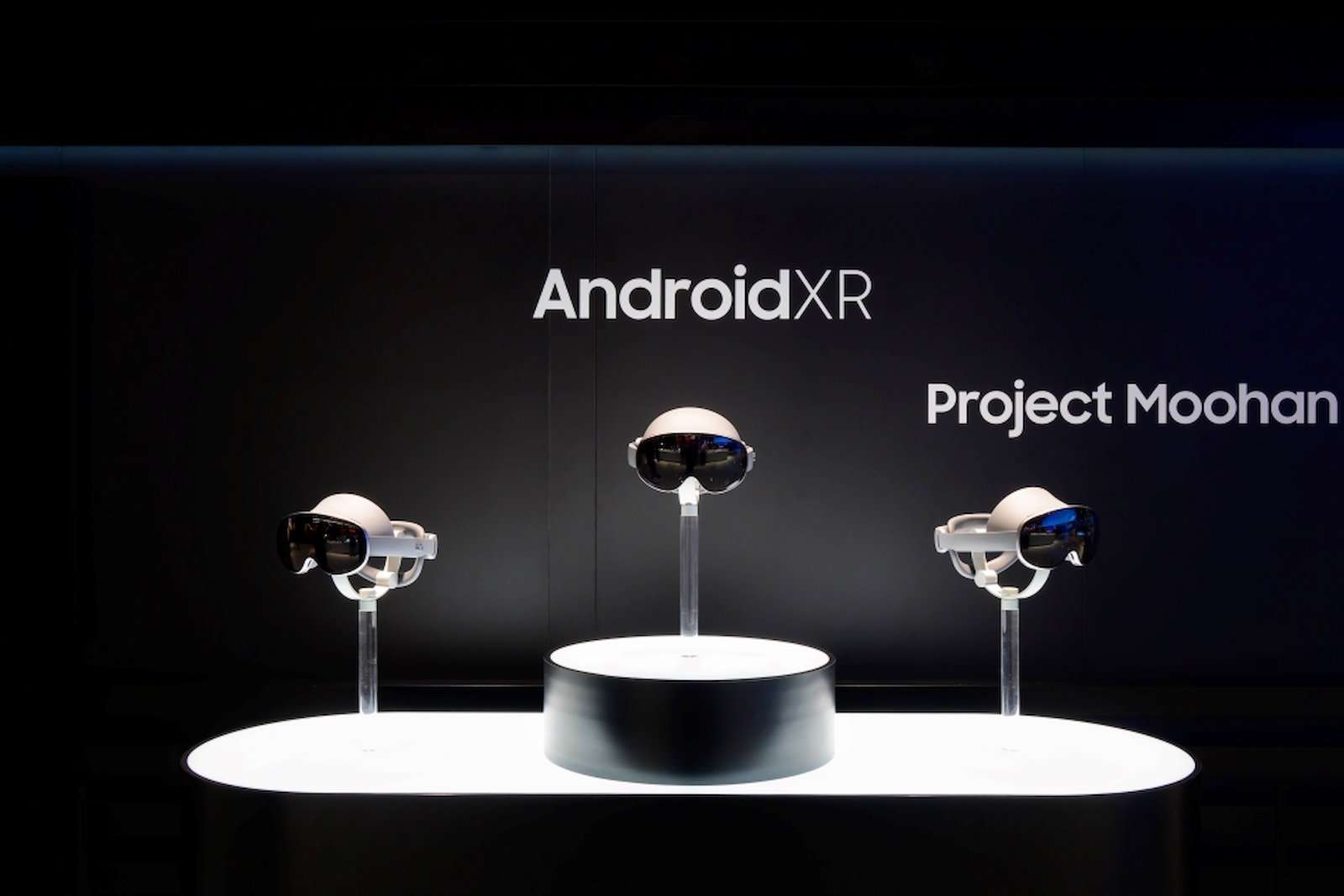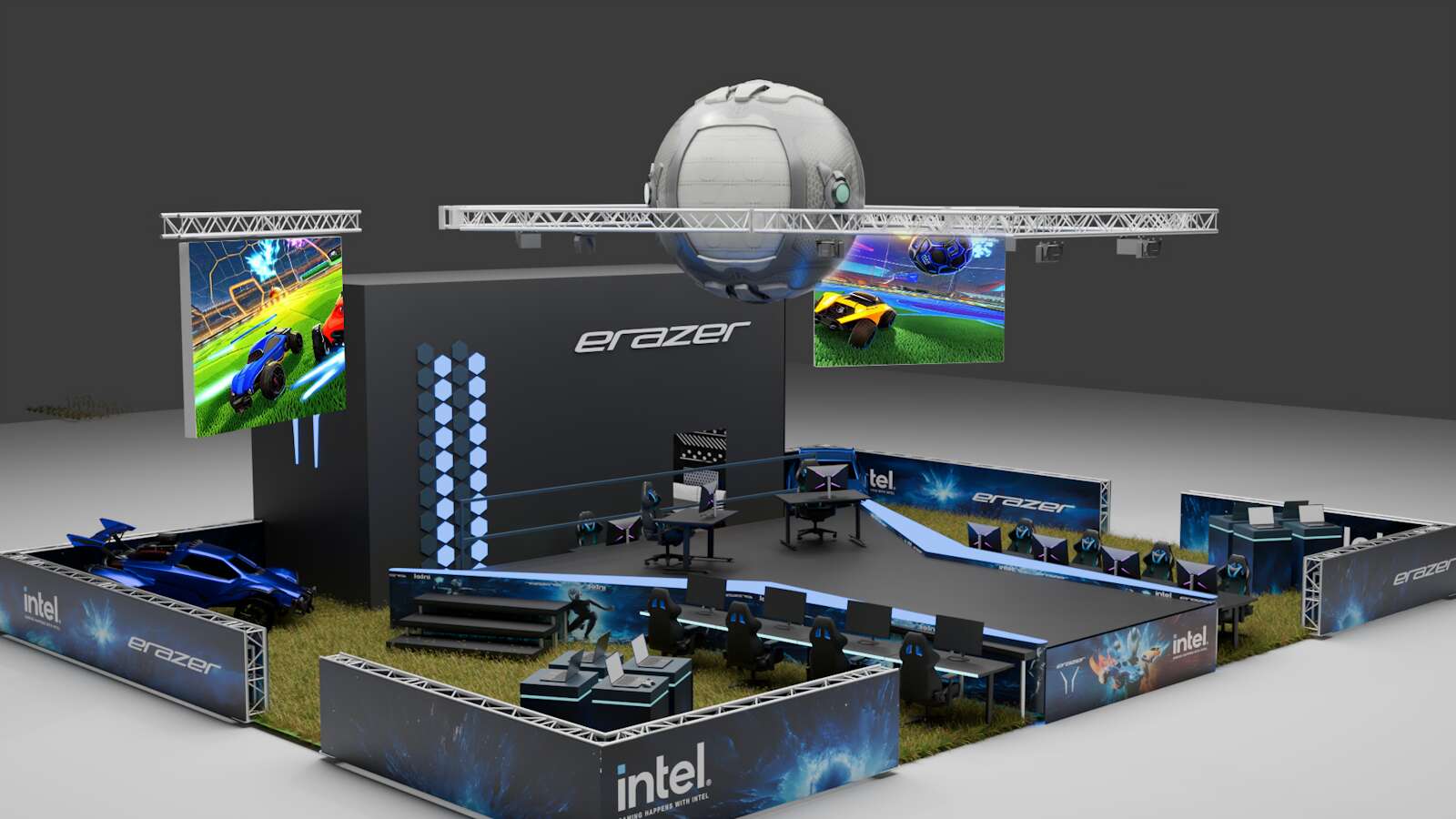NVIDIA HGX B200 is revolutionizing accelerated computing by unlocking unprecedented performance and energy efficiency. This post shows how HGX B200 is outperforming its predecessor NVIDIA HGX H100 in environmental metrics, including reduced carbon intensity, through a comparison of their recently published product carbon footprint (PCF) summaries.
Specifically, an analysis of the PCF data reveals that HGX B200 shows a 24% reduction of embodied carbon emissions across large workloads such as AI training and inference.
HGX B200 and HGX H100 are accelerated computing platforms composed of eight GPUs each, with high-speed interconnects through NVIDIA NVLink and NVIDIA NVSwitch to accelerate AI performance at scale. Both are designed for high-performance computing (HPC) and supporting data analytics workloads.
How does NVIDIA HGX B200 reduce carbon emissions?
NVIDIA HGX B200 relies on upgraded NVIDIA Blackwell B200 GPUs, which are designed to offer dramatically improved AI performance. B200 GPUs incorporate 180 GB of HBM3E memory—more than double the memory of the NVIDIA HGX H100 and other performance enhancing features, including a second-generation Transformer Engine that introduces FP4 alongside FP8, fifth‑generation NVLink/NVSwitch (up to 1.8 TB/s per‑GPU and 14.4 TB/s aggregate bandwidth), to boost higher throughput at lower precision.
Throughput of the HGX B200 is 2.3x faster (FP16) than the HGX H100. This upgraded compute performance is also more energy efficient. For AI inference, the HGX B200 can be as much as 15x more energy efficient. That’s a 93% reduction in energy for the same inference workload.
HGX B200 also generates less manufacturing-related emissions per FLOPS of compute. Specifically, the embodied carbon intensity for computing is reduced from 0.66 gCO2e per exaflop with HGX H100 to 0.50 gCO2e per exaflop with HGX B200 (estimated based on FP16 precision). This is an overall 24% decrease between the two generations. This is estimated based on PCF data and the total number of FLOPS at FP16 precision executed over the lifetime of the product.
 Figure 1. HGX B200 delivers a 24% reduction in hardware-embodied compute carbon intensity compared to HGX H100
Figure 1. HGX B200 delivers a 24% reduction in hardware-embodied compute carbon intensity compared to HGX H100
Additionally, there is a decrease in the materials and components—the highest emission producing category for each baseboard—between HGX B200 and HGX H100. The most notable reductions are for thermal components, ICs, and memory.
 Figure 2. HGX B200 delivers a significant decrease in emissions for materials and components in numerous categories compared to HGX H100
Figure 2. HGX B200 delivers a significant decrease in emissions for materials and components in numerous categories compared to HGX H100
The combination of the HGX B200 energy-saving computational power and reduced embodied emissions intensity can lead to a substantial lowering of emissions, especially during its use phase for large workloads such as AI training and inference.
Operational carbon impacts
While this reduced embodied carbon intensity reflects a lower upstream carbon intensity for the HGX B200, the downstream carbon intensity improvement is even more pronounced.
For example, the HGX B200 is projected to deliver a 10x improvement in inference efficiency for the DeepSeek-R1 model, which translates to a 90% reduction in operational carbon emissions compared to the HGX H100 for operational carbon emissions gCO2e for processing 1 million inference tokens (100 TPS/user).
Note that this data was calculated based on 2023 IEA emission factors weighted by regional data center energy consumption. Emission factors include upstream emissions and T&D losses associated with electricity production.
 Figure 3. A 90% reduction in operational carbon emissions was observed between generations
Figure 3. A 90% reduction in operational carbon emissions was observed between generationsMethodology and data collection process
Both of the externally published PCF summaries rely heavily on primary data from suppliers collected for over 90% of both products by weight, including material composition and production energy consumption.
Secondary sources were integrated with this data, such as the imec.netzero tool for fabrication-related emissions, as well as the ecoinvent 3.10 and Sphera LCA databases (Professional Database 2024 and Extension Database XI: Electronics 2024) for modeling materials, transportation, and energy.
 Figure 4. The HGX B200 cradle-to-gate product carbon footprint scope
Figure 4. The HGX B200 cradle-to-gate product carbon footprint scope
These PCF summaries are aligned with ISO Standard14040 and 14044 on life cycle assessments and were critically reviewed in conformance with ISO Standard 14067 on carbon footprints.
The future of sustainable computing
NVIDIA aims to decrease its product carbon footprint with each new product it produces, while providing groundbreaking advancements in performance. This practice in transparency through detailed PCF summaries will improve understanding of the impacts of accelerated computing.
NVIDIA is committed to working toward publishing additional reliable data on the environmental impacts of NVIDIA products. NVIDIA will continue to innovate towards a future of sustainable computing and AI development, without compromising on performance and scale.
To learn more, read the Product Carbon Footprint Summary for NVIDIA HGX B200.
.png)
.png) 12 hours ago
12 hours ago









 English (United States) ·
English (United States) ·  French (France) ·
French (France) ·